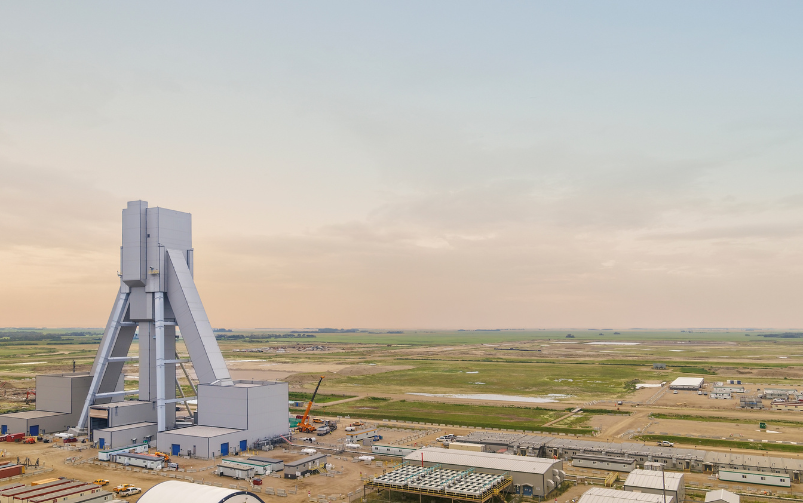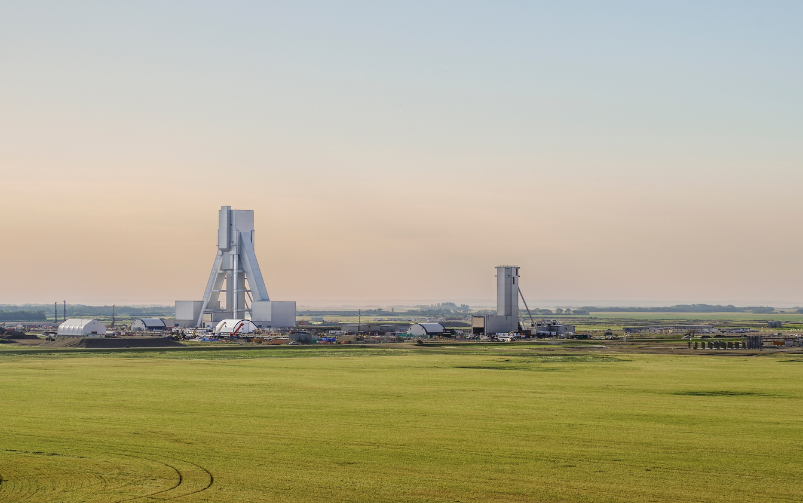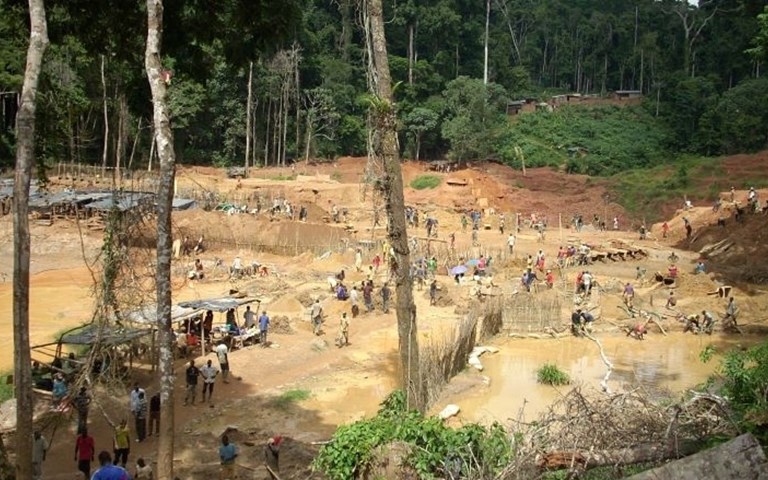The World Bank estimates that the ASM sector supplies 18 to 30 per cent of the world’s cobalt, a crucial mineral used to power the global energy shift. Courtesy of The World Bank.
The World Bank estimates in a new paper that the global artisanal and small-scale mining (ASM) workforce is comprised of at least 40 to 45 million people across 80 countries. Of these workers, approximately 50 per cent are women.
The total number of workers in the ASM sector has grown considerably since 2009, when the World Bank estimated that there were approximately 10 million people working in the sector.
Rachel Perks, the World Bank’s senior mining specialist, led a CIM Management and Economics Society (MES) discussion group seminar on April 24, where she expanded on the World Bank’s comprehensive position paper on ASM that will be released in June. The paper will outline what types of support the ASM sector needs from governments and financial institutions, such as the World Bank, to improve its track record on social and environmental sustainability and responsible mining.
ASM hazards and rewards
Perks noted that, when she is discussing ASM with industry professionals across the globe, issues surrounding this sector are a prominent theme. According to a 2022 journal article from Environmental Health, workers involved with ASM are exposed to toxic hazards, such as cyanide and mercury, are at risk for workplace accidents due to a lack of safety equipment, training and safety regulations in the jurisdictions where ASM activities take place, and women are often subjected to gender-based violence.
“We cannot ignore the fact that the cost of the impacts [environmental degradation, social issues and other hazards] to the way that ASM is happening now are simply too high,” she said.
Although ASM is known to be a dangerous occupation, Perks stated that conversations surrounding ASM hazards have overlooked a more important discussion, which is that ASM can help to build individual and communal wealth for communities across the globe. Many people working in ASM rely on this sector to get out of poverty and to provide for themselves and their families, she said.
“The reality is that ASM is actually playing a very important role in national development, but it’s often not discussed,” Perks added.
Improving OHS for ASM workers
Perks said that the World Bank recognizes that investments in health and safety are needed from governments and international organizations if ASM is to be considered socially sustainable. In order to keep ASM workers safe, she argued that there needs to be more financial support for mine site improvements and occupational health and safety (OHS) training for miners. With the right financial assistance, important areas of concern in the ASM sector can be targeted, such as narrowing gender pay gaps and improving workers’ health and safety, especially women’s safety.
Another key OHS concern that must be addressed to make ASM more socially sustainable is to consider how instances of environmental degradation, such as water pollution, at mining sites can greatly impact the health of surrounding communities.
Perks explained that at large-scale mining operations, a company is required to put down an environmental bond and rehabilitate the area after mining operations are complete. This is not the case for ASM miners, who often leave behind damaged sites, especially when mineral processing and smelting are involved. To target this issue, registered mining entities should be encouraged to put down a bond, as well as adhere to basic principles of environmental stewardship.
Government support
When faced with the question of how ASM can be formalized, Perks stated that support from governments is crucial, noting that “governments need to be much more proactive and very much at the centre of the types of solutions and work [required].”
Perks explained that ASM miners also may not understand why they need government support in the first place, especially when it comes to obtaining a permit or a mining licence. Perks pointed out that, a lot of the time, there are no incentives for ASM miners to work with the government, as there are a lack of tax breaks or government aid on how to navigate mining permits and licences. Increased support from governments can offer miners more resources concerning known hazards, as well as information on how to access certain services, something that is crucial in the ASM sector.
The World Bank’s position paper on the global ASM sector will be available on the organization’s website in June.




